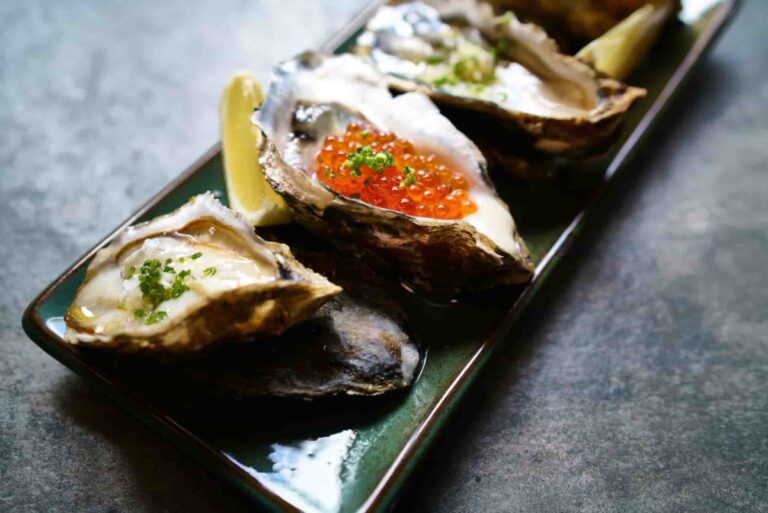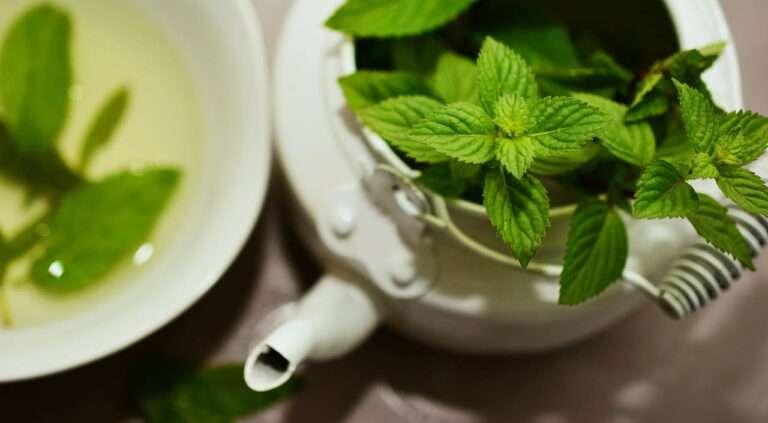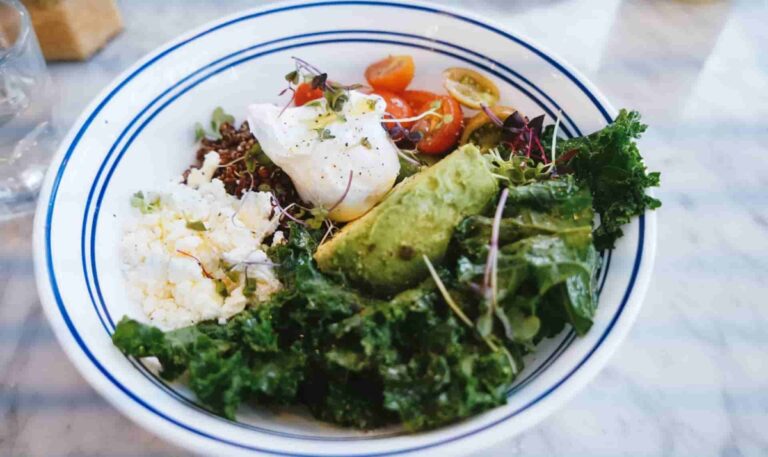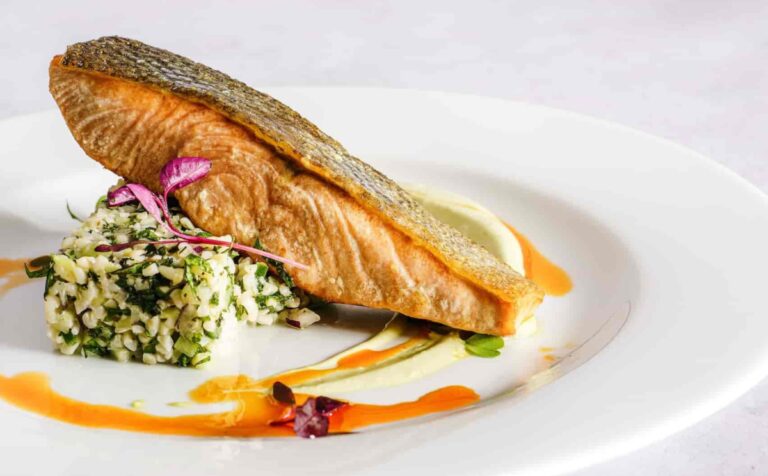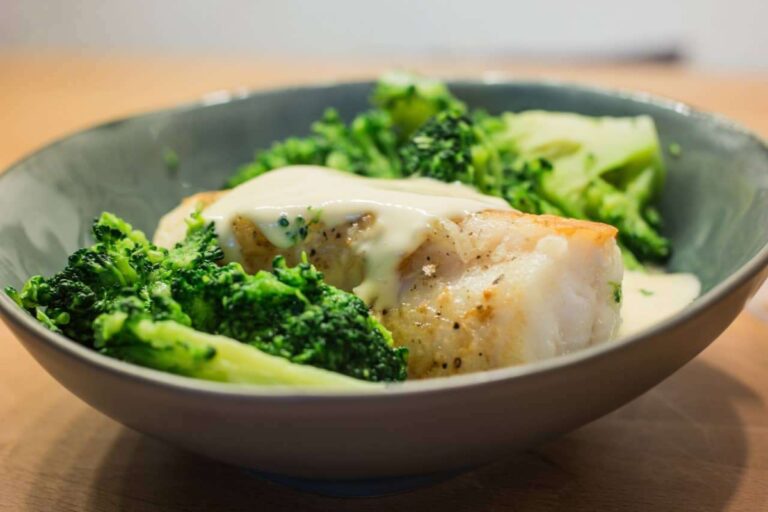Amazing broccoli benefits and free instructions
How many of you are aware that there is a kind of broccoli that is purple in colour?
- When compared to traditional broccoli, purple broccoli has a greater degree of versatility due to the fact that it is naturally more delicate and can be cooked at a higher temperature for a shorter amount of time while still maintaining its characteristic texture.
- The history of broccoli dates back more than two thousand years. Broccoli, along with its other closely related cabbage cousins, is an indigenous plant of the Mediterranean region and Asia Minor.
- The term “broccoli” originates from the Italian plural of the word “broccolo,” which means “the blooming crest of a cabbage.” Broccolo is the diminutive version of brocco, which means “little nail” or “sprout.” The name “broccoli” refers to the flowering crest of a cabbage.
- It was not until the 18th century that broccoli made its way to northern Europe, and it was only in the 19th century that Italian immigrants carried it to North America. In late breeding, F1 hybrids from Europe, North America, and Asia provided support for worldwide production.
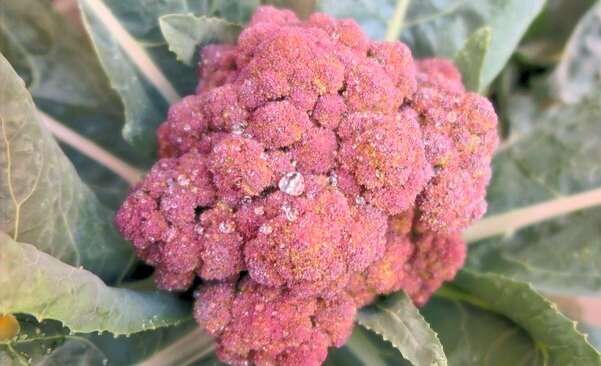
Broccoli nutrition values and health benefits
- Vitamins and minerals abound in broccoli in abundant amounts. It contains over 81 milligrams of vitamin C, which is equivalent to around 135% of your recommended daily intake. Vitamin C is known to strengthen the immune system. In addition to this, it is a rich source of vitamin K, which promotes bone health and aids in the healing of wounds.
- A portion of broccoli consisting of one cup will provide you with 116% of the daily recommended consumption for you. Manganese, potassium, and phosphorus are three of the minerals that may be found in broccoli. Additionally, it is a very rich source of vitamin A, manganese, potassium, and the other B vitamins, in addition to being an exceptional source of the B vitamin folate.
- Broccoli is a common food choice among those who are attempting to reduce their caloric intake since one cup of broccoli has just 31 calories. It has a high fibre content, with one cup providing about 9% of the daily amount that is recommended. Fibre, the component of carbohydrates that cannot be digested, has been shown to be beneficial for lowering cholesterol, promoting healthy intestinal function, controlling blood sugar levels, and assisting with weight loss.
- According to the findings of a number of studies, increasing one’s consumption of cruciferous vegetables is associated with improved heart health, which includes a lower risk of developing cardiovascular disease, ischemic heart disease, cerebrovascular disease, and stroke. According to this research, the most prevalent types of vegetables that fall under the category of cruciferous vegetables include broccoli, Brussels sprouts, cabbage, and cauliflower.
- According to the findings of a number of studies, increasing one’s consumption of cruciferous vegetables such as broccoli, cabbage, cauliflower, Brussels sprouts, and kale may lessen one’s chance of developing certain forms of cancer. These cancers include breast, lung, and prostate cancer. In addition, studies have shown a correlation between diets rich in fibre and a reduced likelihood of developing colon cancer.
- Broccoli is also one of the foods that has a high concentration of anti-oxidant phytonutrients when compared to its calorie content. Antioxidants are helpful in the battle against free radicals, which are known to cause damage to cells, which in turn may lead to inflammation and illness.
- When you consume broccoli, cabbage, and other comparable vegetables, you may experience symptoms of an allergic reaction due to the presence of proteins that are identical to those found in mugwort pollen. It’s possible that your lips and tongue may start to tingle. Extremely infrequently, this might lead to an anaphylactic reaction or a swollen throat.
- Due to the high vitamin K content of broccoli, consuming excessive amounts of it or making rapid changes in the quantity ingested might compromise the efficacy and safety of the blood-thinning medication Coumadin (warfarin), as well as lessen the impact it has on the patient.
156g of broccoli has 55 calories (231kj), 3.7g protein, 0.6g fat, and 11.2g carbs including a 5.1g fibre
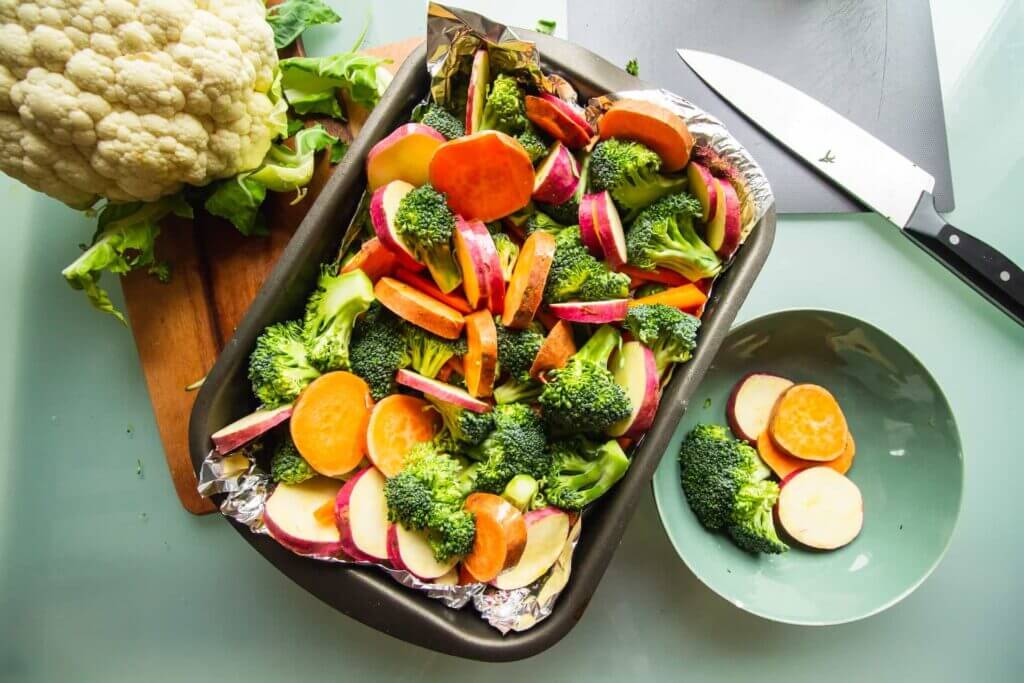
How to store broccoli and how to buy them
- Care has to be taken with broccoli plants that have bright green heads. The broccoli florets that are closely packed together are the ones that taste the best. The florets seem to be more open as they get older and closer to the time when they will bloom. Choose stalks and stems that have a solid and robust build. Do not buy the plant if the stem seems like it may be woody.
- Broccoli that has yellow flowers should not be purchased, so keep an eye out for these. In the end, it had developed to the point that a suitable texture was no longer possible. If, on the other hand, your home-grown broccoli has flowered, you may still use it to flavour soup or stock, and it will still be useful.
- The broccoli needs to be stored in the refrigerator at a cool temperature, loosely covered in a plastic bag so that it can still breathe, and cleaned just before it is put to use. It is possible to store it for up to a week, but the sooner you use it, the better it will taste; in addition, its nutritional value will be at its highest point at that time.
- Frozen If you put broccoli in the freezer, you may keep it there for up to a year. After being well cleaned and sliced, broccoli may be frozen in its florets or stem sections for later use. Prepare by cooking for 5 minutes in water that is boiling. The broccoli should be promptly submerged in cold water for five minutes, after which it should have the boiling water drained off of it as fast as possible. As quickly as possible, drain and dry off the water. Using a salad spinner or a clean towel, remove as much water as you can. Place the ingredients in freezer bags and then place them in the freezer.
- When stored in the refrigerator in an airtight container or a saucepan with a lid, cooked broccoli can keep for up to four days. Before storing it, allow it to reach a temperature that is about equivalent to room temperature, but limit the chilling duration to two hours for safety reasons. As a result, preparing broccoli for the whole week ahead of time as part of the meal preparation process is not a very good idea.
- This is a list of ways to determine whether broccoli has gone bad and whether or not it should be discarded:
- It is either floppy or slimy, and it seeps. Broccoli that is still fresh should have a vivid green colour and feel firm to the touch. If it begins to lose its hardness, then it has passed its prime period, and you will have to throw it away at some point in the future. It is quite OK to use a broccoli head that is just slightly soft.
- The broccoli may be either yellow or brown in colour. Although the broccoli is not legally ruined even if it has yellow florets, the flavour will be rather unpleasant. If there are just a few yellow florets on the vegetable, you may cut them off, but if the vegetable as a whole is discoloured, you should throw it away. In a similar vein, yellow kale has not gone bad, but it will most likely have a harsh flavour.
- It may have huge brown or black patches, as well as other aesthetic alterations. You may trim away any mouldy or discoloured spots on the broccoli, but if the rot has spread over the whole head, you should throw it away.
- It has a rancid odour. Give it a whiff in order to determine whether or not your broccoli head is edible.
- It smells musty and rotten. If it has been polluted at any point, cooked broccoli may show signs of mould growth before its time. If there is any mould in the container, you should throw it away.
- It is kept in storage for more than four days after being prepared. It is acceptable to consume cooked broccoli for up to four days, but you should throw away any that has been refrigerated for longer than that.
- You will never run out of ways to enjoy broccoli since there are so many different ways to prepare it, ranging from raw to steamed to blanched to baked. Although the cooked form of broccoli has certain health benefits, the raw form contains far more nutrients. When cooking broccoli, it is essential to do so until the vegetable is tender but not mushy.

Cooking techniques, secrets, and tips from the kitchen
- To blanch the broccoli, you should use a large pot filled with boiling water. The mixture should have a considerable amount of salt added to it. After stirring in the broccoli florets, cook for one to one and a half minutes, or until the broccoli is crisp-tender. The cooking process may be stopped by placing the item in a bath of freezing water for a few minutes.
- Add two to three tablespoons of water to a microwave-safe dish, then microwave the broccoli for approximately one minute. This will provide a rapid steaming method. Put a dinner plate on top, then continue microwaving at high power for another three to four minutes. Before lifting the lid, check to see that the broccoli is tender all the way through.
- Put the oil in a pan that has been preheated to medium-high heat. Cook the broccoli in a pan with some butter for a few minutes. The florets, along with a sufficient amount of coarse sea salt, should be added to the mixture. To ensure a uniform distribution, shake the container after adding the oil. After one minute, mix in the broccoli stems and continue cooking the broccoli until it is bright green and tender, continuing to stir often.
- Toss the broccoli florets and stems in a mixture consisting of a couple of tablespoons of olive oil and a half teaspoon of salt. The broccoli should be spread out in a single layer on a baking sheet that has been coated with foil. Roast at a temperature of 180 degrees Celsius for 20 to 25 minutes.
- Make use of the stems. Despite the fact that they are as delicious as the florets, they are often disregarded and discarded much too frequently. While the florets may be used in one recipe, the stalks can be utilised in stir-fries by being cut into matchsticks first and then added to the dish. In addition, the stem may be used in the preparation of broccoli and stilton soup. The florets should be cut with a significant stalk attached and trimmed to a pencil-thickness before being cooked. This will ensure that the stalk cooks at the same pace as the floret while it is being prepared.
- You may make a traditional cauliflower cheese dish using broccoli instead of cauliflower, or you can combine the two vegetables and have the best of both worlds. For a heartier meal, add a little mustard to make your guests’ noses tingle. Sprinkle some breadcrumbs on top for a crunchy garnish, or think about adding some blue cheese for a heartier meal.
- The term “baby broccoli” is also used to refer to broccolini. The stems of the hybrid vegetable are not as thick or fibrous as the florets, yet they have the same excellent flavour. In spite of the fact that broccoli was invented in Japan, the majority of it is now cultivated in the states of California and Arizona, and it is gaining popularity in the United States, the United Kingdom, and Australia.
- The taste of broccolini is light and somewhat sweet. When eaten fresh, it has a tinge of mustard flavour, but this disappears when cooked, and it becomes even sweeter. Its texture resembles asparagus more than conventional broccoli.
- Broccolini is a very adaptable vegetable that may be prepared in a number of delightful ways. The vegetable may be sautéed, steamed, grilled, stir-fried, boiled, roasted, or even eaten raw. It just takes around 10 minutes to cook and requires nothing more than a pinch of salt. Additionally, it may be readily included in pasta recipes, casseroles, risottos, salads, and served with a dip as an appetizer—basically anywhere you would use broccoli.
- Rinse broccolini well before consuming or preparing it. In contrast to conventional broccoli, which often has a woody stem, the whole vegetable, from floret to stem, is delicate. Remove any dry tips and retain the remainder. There is also no need to peel the stems. They will become quite soft when cooked and are not only delicious but also nutritionally dense.
- Broccoli pairs well with the fragrances and flavours of the Mediterranean (garlic, olives, lemon, orange), as well as Asian flavours like ginger, chilli, soy sauce, and sesame. Other flavours that go particularly well with broccoli include almonds, pork, anchovies, blue cheese, and eggs; these and other components may be found in a wide variety of recipes that we prepare in our kitchens.
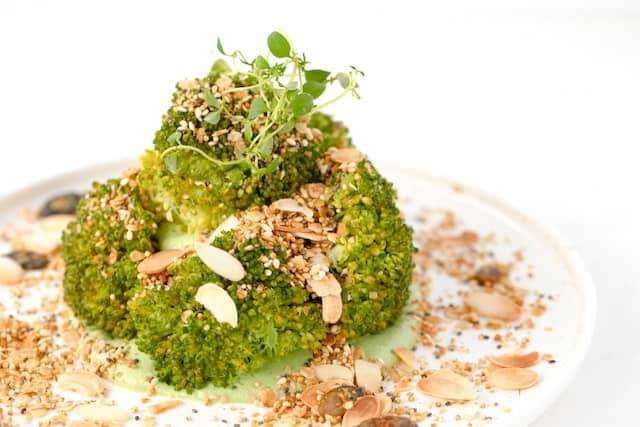
History of broccoli from the beginning until today
- Broccoli, much like the artichoke, may be thought of as a very enormous edible blossom. Both the stalks and the flower florets may be consumed raw or cooked and have a taste that is similar to that of cabbage. Broccoli is related to kale, cauliflower, and Brussels sprouts, among other vegetables.
- When preparing broccoli for a meal, the bitter leaves are often thrown away. Nevertheless, there are some chefs who love eating them cooked in a manner similar to that of chard or kale. The flavour of broccoli, on the other hand, may vary from very mild to quite bitter, depending on the kind that you choose.
- The scientific name for broccoli is Brassica oleracea italica, and its origins may be traced back to the Mediterranean region. The Etruscans, an ancient Italian culture that resided in the region that is now known as Tuscany, are credited with engineering it from a cabbage relative. The Etruscans were reputed to be horticultural geniuses.
- Since the time of the Roman Empire, the Italians have placed a high value on broccoli as a food crop. However, when broccoli was first brought to England in the middle of the 18th century, the English referred to it as “Italian asparagus.”
- Although commercial cultivation of broccoli dates back to the 1500s, it did not become a popular foodstuff in the United States until Southern Italian immigrants brought it over in the early 1920s. There are records that show Thomas Jefferson, who was an avid gardener, experimenting with broccoli seeds brought over from Italy in the late 1700s.
- Over the last three decades, the consumption of broccoli has increased by a factor of three because of the several ways it may be prepared in the kitchen and the numerous advantages it offers to one’s health.
- After washing, cut the broccoli into florets of the same size. It would be a shame to throw out the stalk since it is so delicious and packed with nutrients. You may boil, steam, or roast the meat. Mix it in with the pasta, and use it in your curries and stir-fries. The raw broccoli may be grated and added to salads.

